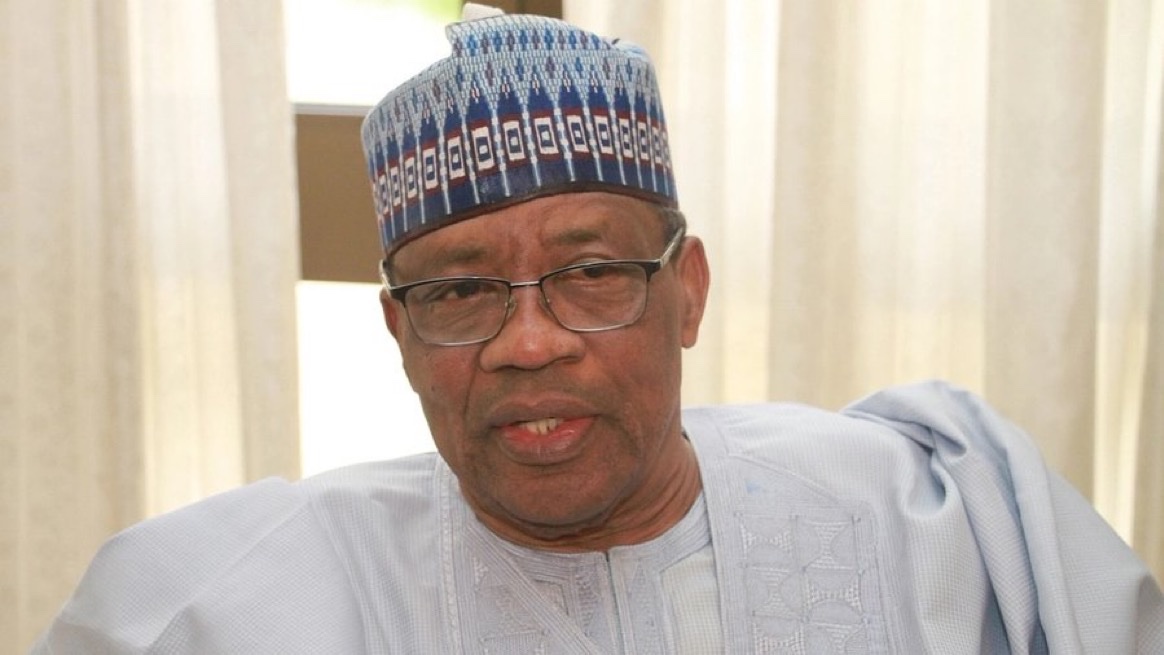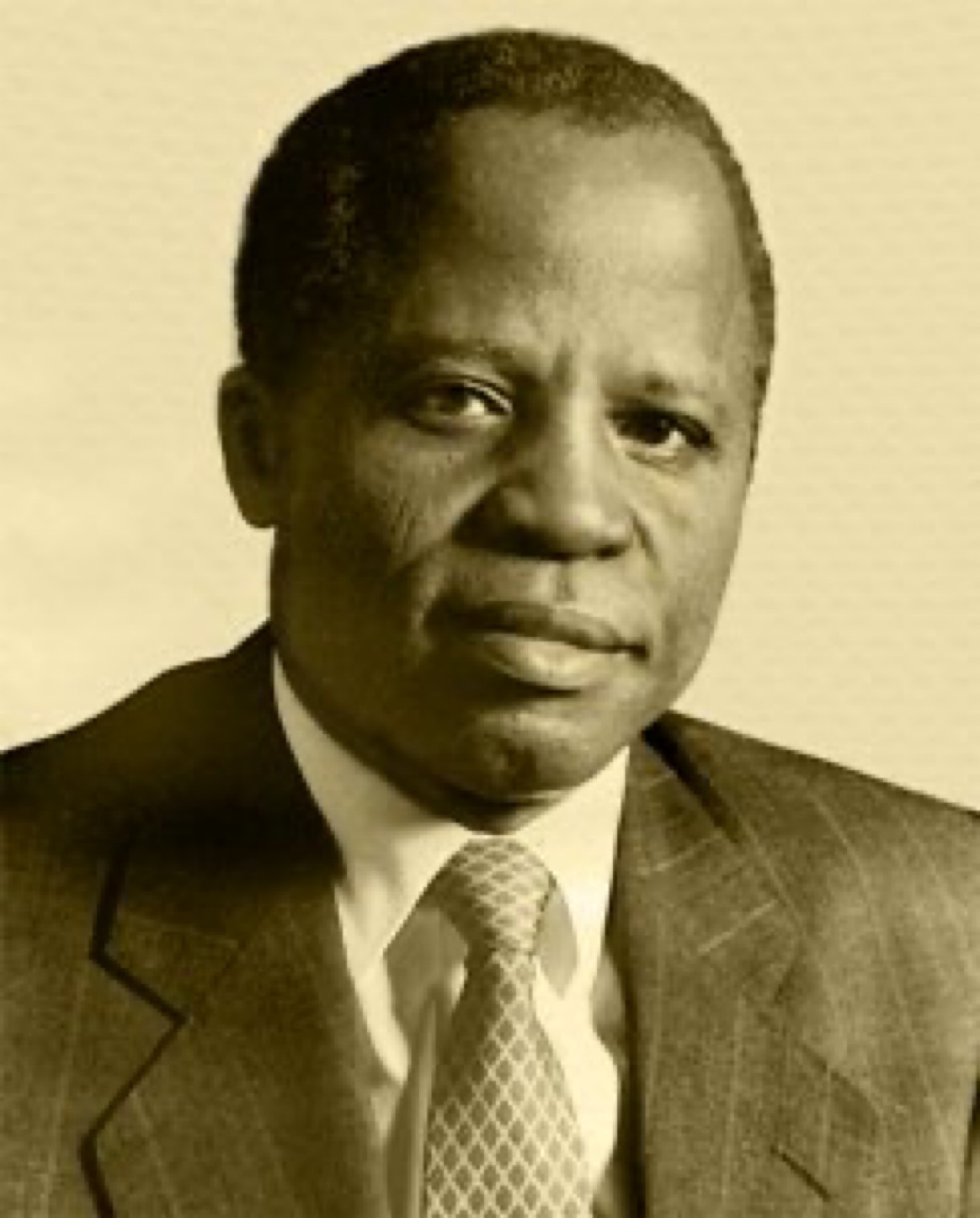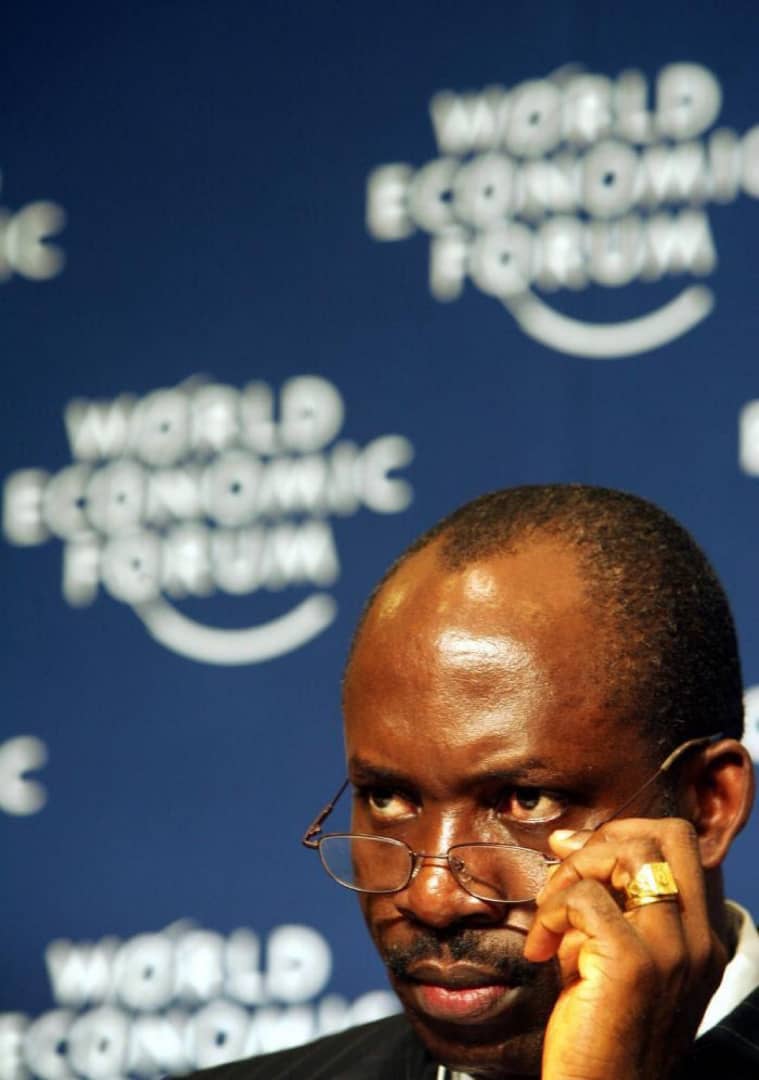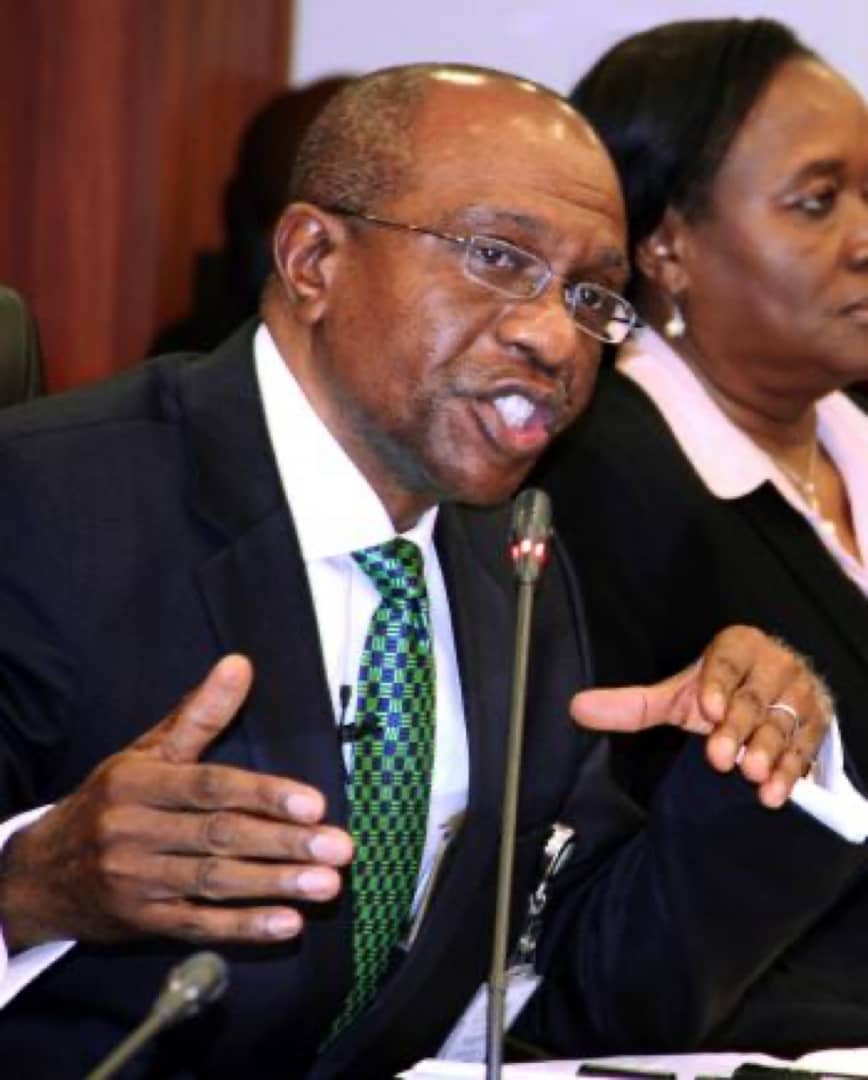The current situation of the Nigeria naira has been full of ups and downs. A lot of policies have been formulated and implemented. Still, the legal tender of this West African country, Nigeria had gained no strength over time.
Let’s massage the history of the Nigeria naira and how it has nosedived today.
1. PRESIDENT IBRAHIM BABAGINDA’S SECOND-TIER FOREIGN EXCHANGE MARKET (SFEM)

President Ibrahim BabangidaIn September 1986, the SFEM was introduced as part of a package of IMF reforms that General Ibrahim Babangida (IBB) was forced to accept given the mess that Nigeria had managed to find itself.
Before this, in the 70s to early 80s, the naira was exchanged for something like 90 kobo to $1. By the time IBB left office in 1993, the naira was exchanged for 17 naira to $1. It was during this time that bureaux de change were introduced into the economy.
The rate at which the naira depreciated in those few years probably explains why Nigerians have never gotten over the idea of a strong currency as the mark of a ‘strong’ economy.
READ ALSO: North Eastern Governor Advised FG To Allow Nigerians Carry Licensed Guns
2. PRESIDENT SANI ABACHA (1993-1998)

From the day that Abacha took power to the day he died on June 8 1998, a period of some five years, the ‘official’ exchange rate of the naira to the dollar never changed from 22 naira to $1.
The Autonomous Foreign Exchange Market (AFEM) was introduced in 1995 as a way for the Central Bank of Nigeria (CBN) to sell forex to end users at ‘market’ rates.
But it is one thing to declare that the naira is worth 22 naira to $1. It is quite another thing to be able to satisfy all the people who will demand to buy dollars at that price. Given that oil prices were below $20 a barrel in this period, there was a very limited amount of dollars available (whatever was left after those in charge had helped themselves).
This rigid exchange rate gave birth to a phenomenon that is now a permanent fixture today — the mainstreaming of the forex black market. At one point, the naira was trading as high as 88 naira to $1 while the official rate remained at 22 naira.
3. JOSEPH SANUSI (CBN GOVERNOR 1999 to 2004)

The Interbank Foreign Exchange Market was introduced. Given how Nigeria’s reserves had been depleted severely in the two years before he took over, the naira was never going to survive the ‘military fiction’ rate of 22 naira for long.
Within a year, the naira was trading at 85 naira but this time, the gap with the black market had closed considerably at 105 naira to the $1—particularly if compared to what happened under president Abacha.
4. CHUKWUMA SOLUDO (2004-2009) AND THE OIL BOOM

Starting in late 2003, oil prices began to rise steadily from around $30 per barrel till they peaked at $140 per barrel in the middle of 2008. It was also during this period of rising oil prices that Nigeria obtained its $18 billion debt relief from the Paris Club. It was like being in heaven.
First of all, rising oil prices allowed Nigeria’s foreign reserves to increase substantially. There were reserves and there was also the Excess Crude Account (ECA) which had more than $20 billion at one point in 2008.
All told, when Soludo took office, the naira was trading at 127 naira to $1 and by the time he left in 2009, it was around the 147 naira mark. But this masks the fact that in 2008, it actually went as low as 115 naira to $1 at one point.
5. SANUSI LAMIDO SANUSI (2009-2014)

As soon as oil prices recovered, Central Bank governor Sanusi Lamido Sanusi (SLS) restored the Interbank and WDAS markets that Soludo had previously banned. But he then faced a somewhat strange problem later on.
Oil prices were high but Nigeria was not building up its reserves for reasons that are perhaps now obvious. This meant that he did not have enough dollars to defend the naira and keep it stable as he wanted.
To solve this problem, he removed the one-year restriction on foreign investors who wanted to buy government bonds. (Previously, any foreign investor who wanted to buy Nigerian government bonds needed to hold the bonds for one year). The dollars came pouring in.
But then this was what is known as ‘hot money’ i.e since you did not need to hold the investment for one year, the money poured in and out rapidly.
Given that oil prices remained high throughout SLS time in office, some measure of stability was achieved. The naira was trading at 148 naira to the dollar when he took office in 2009 and was 164 naira by the time he was suspended from office in February 2014.
5. GODWIN EMEFIELE AND WHERE WE ARE TODAY

It costs something like $30 to extract a barrel of crude oil in Nigeria. So when oil was trading at $110 Nigeria had a margin of around $80 to play with. But when oil drops to $45, that $80 margin turns to $15.
The revenues available to Nigeria have dropped by 81%. That is, revenues have dropped much more than oil prices have dropped. Nigeria is earning almost nothing these days and you can imagine how disastrous it will be if oil prices drop further to $40 or even less.
Governor Emefiele has done the usual in response. He has banned the Interbank forex market and also banned 41 items from being eligible for forex, directly undoing what Soludo did.
Forex is now essentially being rationed and the CBN is deciding who gets what and how much. Rumours of privileged people making a fortune from the confusion and arbitrage are circulating among bankers once again.
When Emefiele assumed office, ₦157. 29 by DAS, and $160.23 by IFEM. But by the time he was suspended, a dollar went for as much as ₦776, in the parallel market, while at the official rate, it was ₦462. Naira lost 70% of its value during the period Godwin Emefiele became the CBN Governor.
6. OLAYEMI CARDOSO – THE CURRENT GOVERNOR OF CBN

He commenced his tenure on October 5, 2023.
He has been in office for some months now and implemented some policies and reforms but unfortunately the Naira value has depreciated greatly as at today 1 USD is equal to N1,900.
What/who will bail this aged legal tender?

